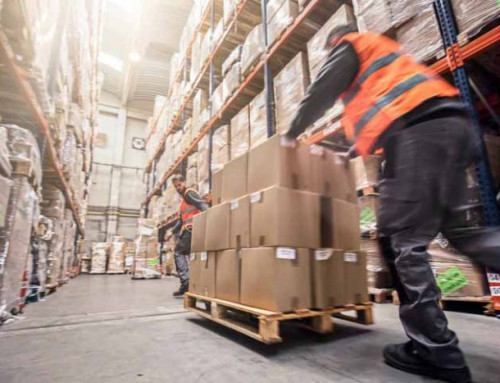Most training professionals know about the 70-20-10 training model and that it has been an accepted industry standard for professional trainers since it was first proposed in the 1980’s.
For those not familiar with this model it states that 70% of a person’s learning comes from hands-on experience, 20% from coaching and mentoring and 10% from formal classroom training.
But how effective and relevant is this model now and how does it apply to training for the shop floor or production line employee? The answer is it’s very relevant.
The 70-20-10 Model
In the 1980’s when the study was conducted a new employee would be partnered with a trainer for the first few days on the job. This would be the 20% portion of coaching and mentoring. Then over the next several weeks or months the new employee would perform his task alone and repetitively which represented the 70%. Often there was little or no formal classroom training for the shop floor or production employee.
Fast-forward to the 21st century and business leaders are looking for ways to train employees more quickly and effectively. The 70% section of hands on training just takes too long, new employees make too many mistakes while on their own and many become frustrated and quit during their training. This is especially true for companies that use seasonal or temporary workers and a long training cycle with limited return is very costly.
Technology has now brought an interesting change to the 70% hands on training section that provides a more focused and practical way to bring new employees up to speed with less cost and in less time.
Imagine if the 70% hands on training was broken into two 35% sections. 35% is still the traditional “do it yourself” and “learn while doing” type of training but the other 35% is web based, interactive learning that is completed in a fraction of the time. New online courses are now built to be interactive where the employee works through actual scenarios that simulate work situations.
Take a warehouse worker, for example. They first watch how to properly pick an order, receive product, assemble parts or check in returns. Then the course takes them through interactive, hands-on activities where they actually perform the same function using the same screens, programs and tools they will be using but doing it virtually on a computer screen. They repeat these scenarios until they demonstrate competence and knowledge.
Once the employee masters the process virtually they proceed to the shop floor and do the same work physically. Only now they are more prepared because they have seen it done correctly, they’ve been shown shortcuts, possible mistakes and how to avoid them. The training cycle is shortened; new employees feel more confident and make fewer mistakes.
It doesn’t take much imagination to see how this applies to other fields. The nurse who learns how to use a prepackaged kit to maintain a sterile field. The salesperson who learns how to demonstrate a new product. There are dozens of applications.
So the 70% training section of hands on can now be nearly cut in half. Experience with leading companies who have employed online training methods show that the combination of virtual plus hands on learning is a more powerful tool and new employees are “up to speed” far more quickly. This results in lower training costs for the company and less turnover in the first few critical months.
So the traditional 70-20-10 training model still applies to employee training but with a modern twist that makes it even more effective. To learn more about online training and how you can shorten the training cycle for your new hires, contact KMI learning today.




[…] Read the full story by KMI Learning Blog […]